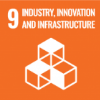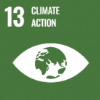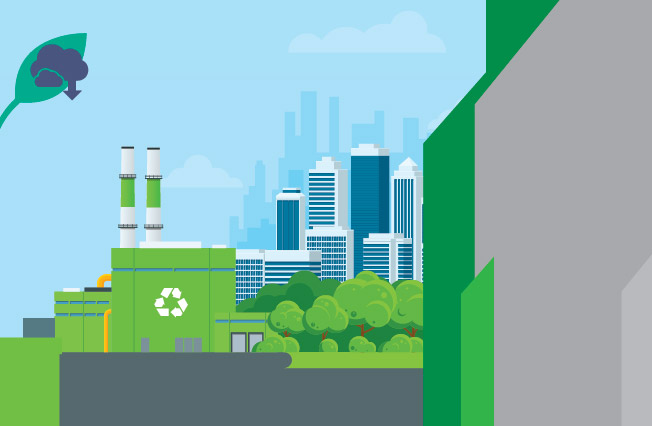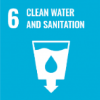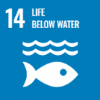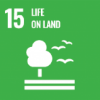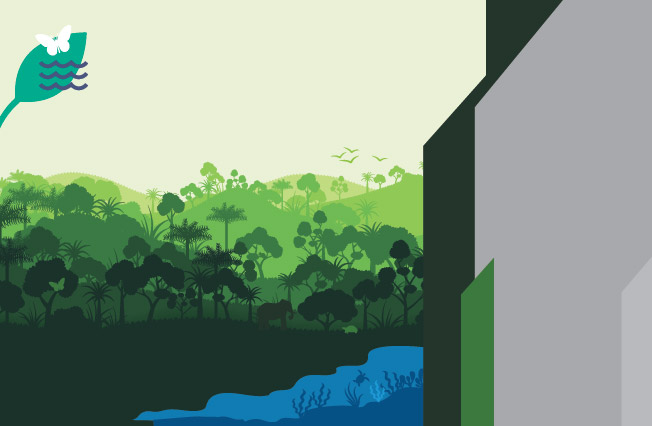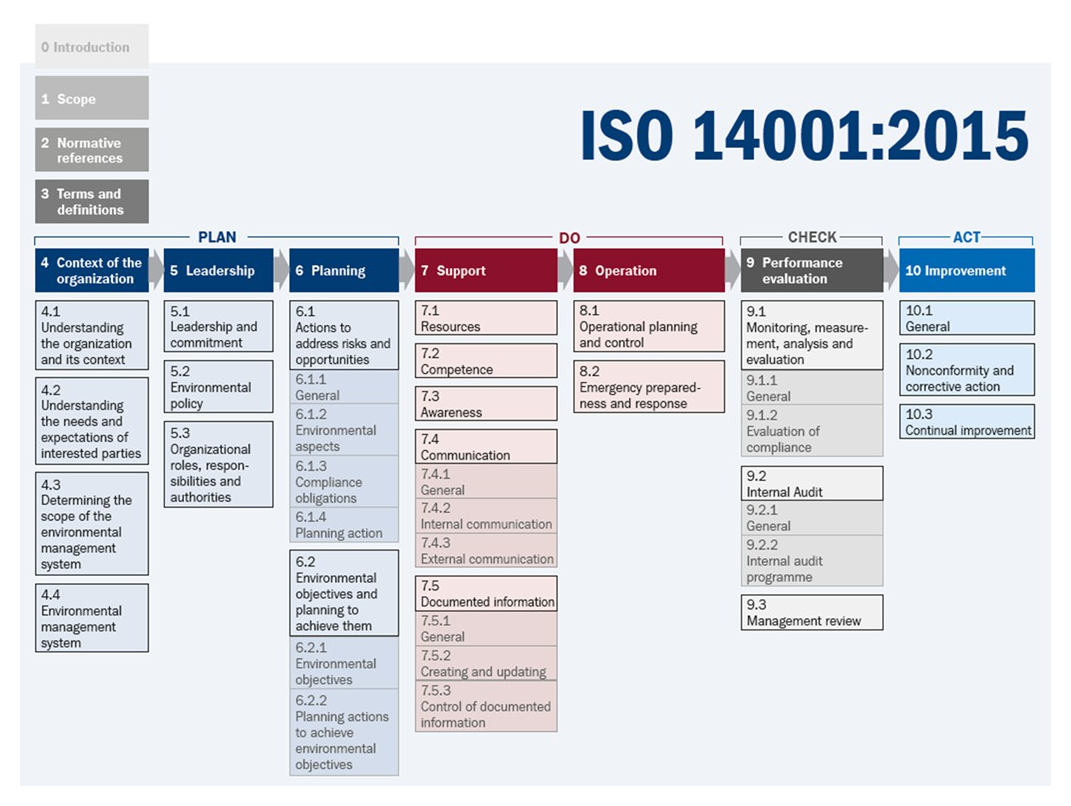Climate & Energy
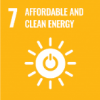
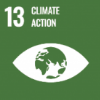
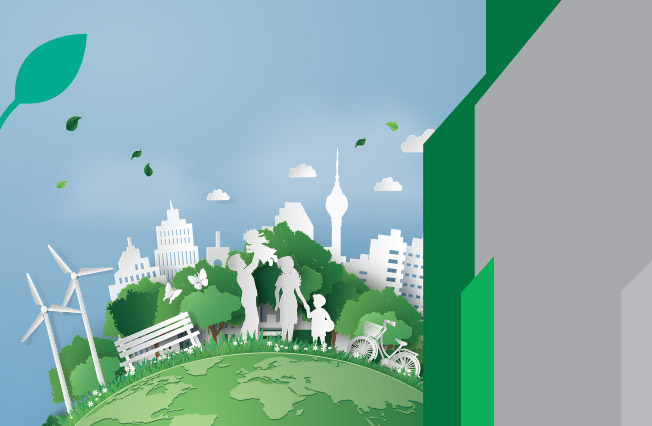
As a Sri Lankan industry leader, INSEE Cement is setting an example by taking definite action to reduce CO2 emissions to support the Paris Agreement, which aims to strengthen the global response to the threat of climate change. The goal of the Paris Agreement is to limit global warming to well below 2C, preferably to 1.5C, compared to pre-industrial levels. We are contributing to this ambitious target through multiple avenues. These inlcude introducing low carbon cement to the Sri Lankan market with a reduced clinker factor, gradually phasing out Ordinary Portland Cement (OPC) production and increasing the Thermal Substitution Rate (TSR) by using alternative sustainable fuels. By 2030 INSEE Cement also aims to reduce specific electricity consumption by 10%, while sourcing at least 20% of consumed electricity from alternative energy sources.
Key Projects:
A key target for us is to lower the clinker factor (A clinker is the element within cement responsible for the majority of its carbon emissions) in cement products to 65% by 2030 and to reduce the group CO2 emissions to less than 338 net kgCO2/ton of cementitious materials. INSEE Cement continues to steer the local construction industry towards meeting international benchmarks by introducing innovative cement solutions especially engineered to address ecological and economical challenges faced with traditional OPC Cement. Thanks to years of research and innovation, INSEE continues to expand on an impressive superior blended and composite cement portfolio, generating some of the lowest carbon footprints currently available in the Sri Lankan cement market. One such shining example is INSEE’s Sanstha Portland Composite Cement, Sri Lanka’s first-ever sustainable cement. Developed and launched in 2022, INSEE Sanstha Portland Composite Cement is a new low-carbon footprint superior blended cement product with a clinker factor below 70%. As a result, it is Sri Lanka’s “greenest” cement.
Energy Security Plan
We are committed to reducing the use of fossil fuels in the manufacturing process. We are also striving to lower the Group’s Specific Electricity Consumption by 10% and ensure at least 20% of electricity consumption is generated from alternative energy sources.
We have expanded the capacity of the Ecocycle operation to increase alternative energy generated through co-processing and have also invested in renewable energy to minimize dependency on non-renewable sources. By expanding our investment in Pyrolysis technology to improve the efficacy of material decomposition process at our Ecocycle operation, we are providing a 100% environment friendly disposal method for other industrial waste such as fabric offcuts, wood waste, paper, cardboard, packaging, and certain plastics as biofuel, replacing 40% of fossil fuel generated energy in cement production. Such alternative sustainable fuels increase INSEE Cement’s Thermal Substitution Rate (TSR), decreases non-renewable fossil fuel usage and contributes to a reduction in the carbon footprint of the cement manufacturing process.
Climate Control
Switch to composite cement (Clinker factor reduction) and Increase the alternative fuel usage (TSR increment) is the key strategic initiatives which INSEE is taking to reduce net specific CO2 (scope 1) in cement manufacturing process to help climate impacts.
INSEE is taking the following key strategic initiatives to reduce net specific CO2 (scope 1) in cement manufacturing process to help climate impacts: Switching to composite cement (Clinker factor reduction) and increasing alternative fuel usage (TSR increment). It will also optimise the manufacturing process, use environment friendly equipment, and switch to renewable electrical energy sources such as Solar PV in order to reduce net specific CO2 in scope 2







